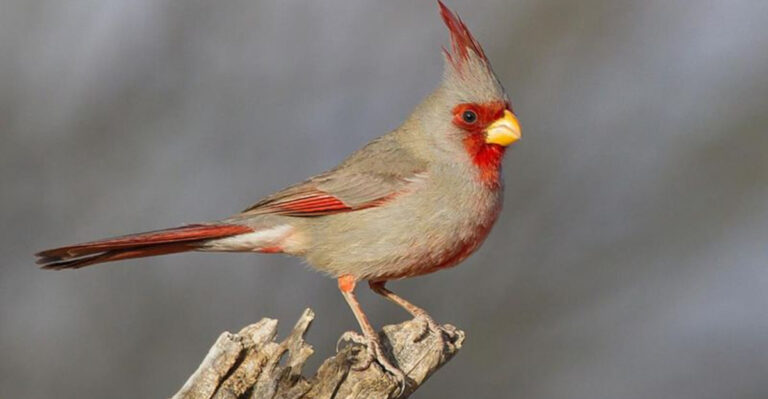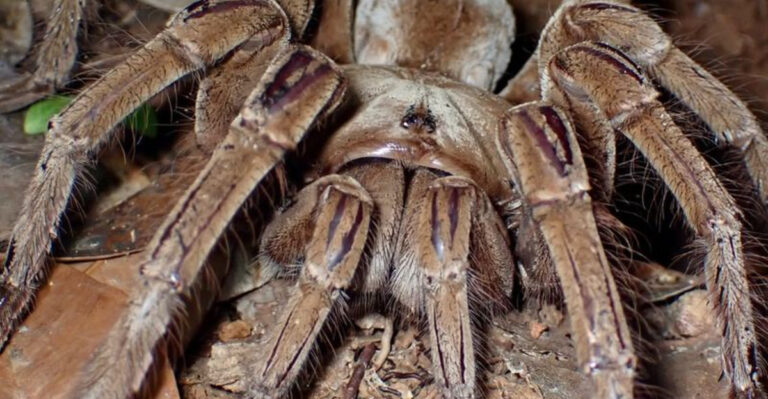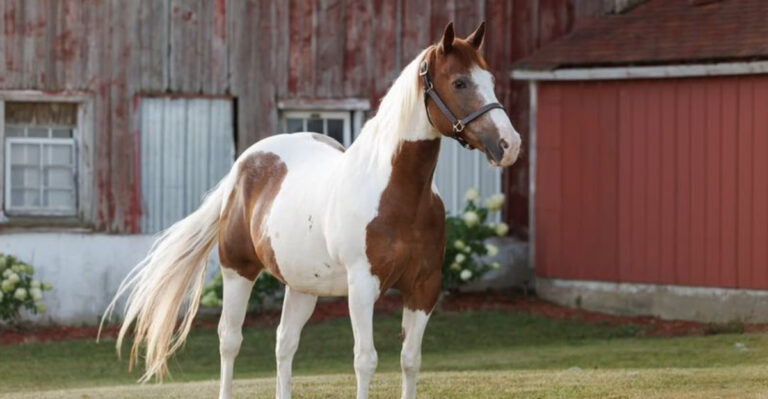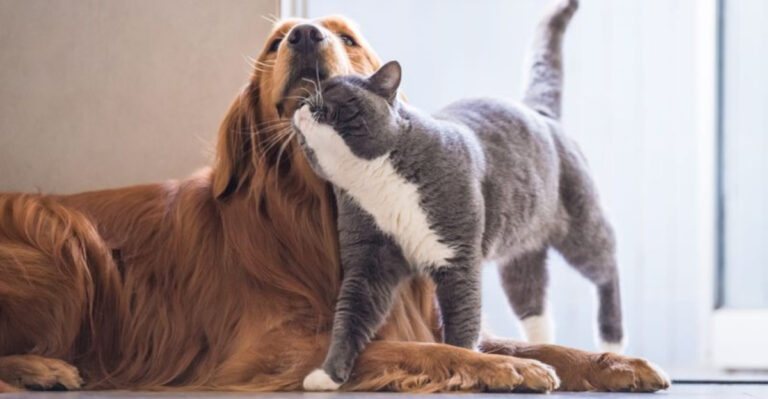14 U.S. Backyard Birds That Can’t Resist Your Bird Feeder (Admire, Don’t Adopt!)
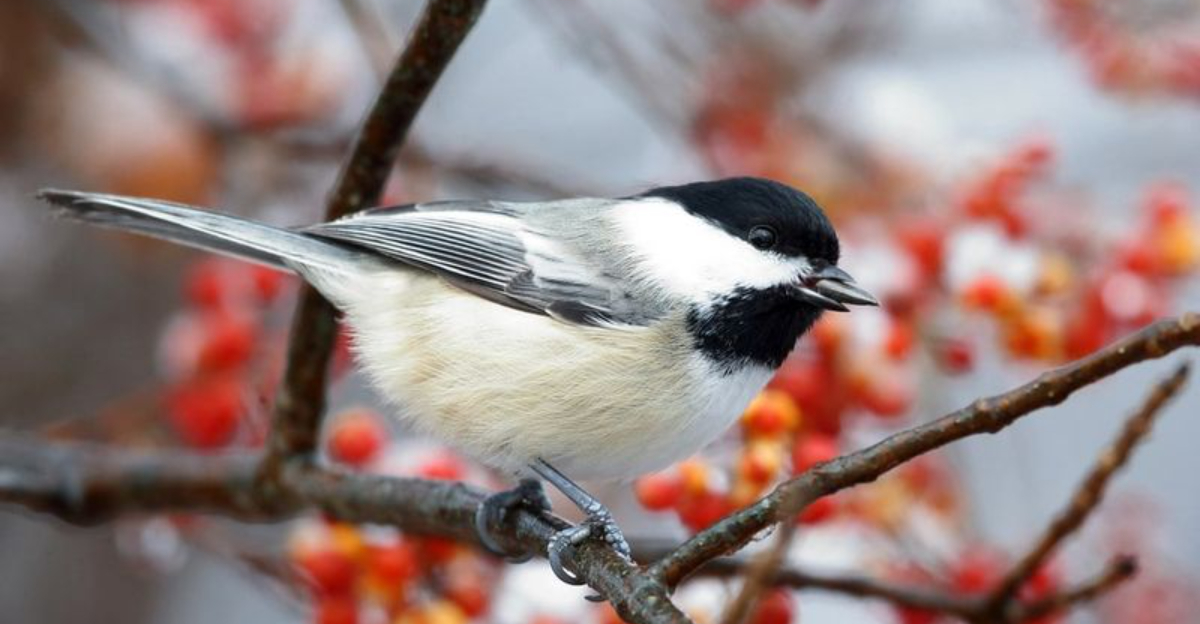
Setting up a bird feeder transforms your backyard into a bustling wildlife hotspot. These winged visitors bring color, song, and natural entertainment right to your window.
While it’s tempting to try befriending these beautiful creatures, remember they’re wild animals that should remain free – perfect for admiring from a distance as they enjoy your thoughtfully provided snacks.
1. The Seed-Cracking Champion
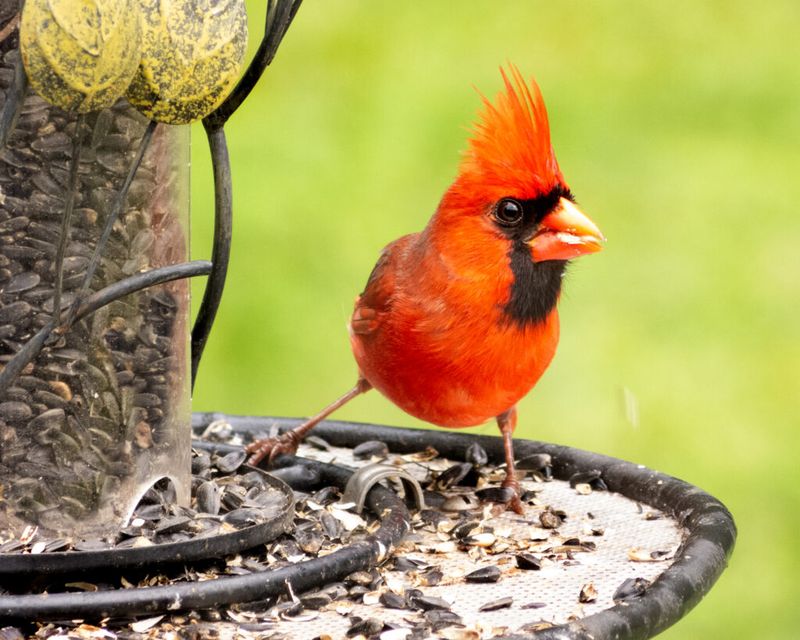
Ever watched a tiny bird demolish a sunflower seed in seconds? That’s the Northern Cardinal at work! Males sport brilliant red plumage while females show off subtle tan feathers with reddish accents.
These year-round residents love black oil sunflower seeds and will visit your feeder regardless of weather. Their distinctive crest and cheerful whistling make them impossible to miss.
2. Upside-Down Specialist
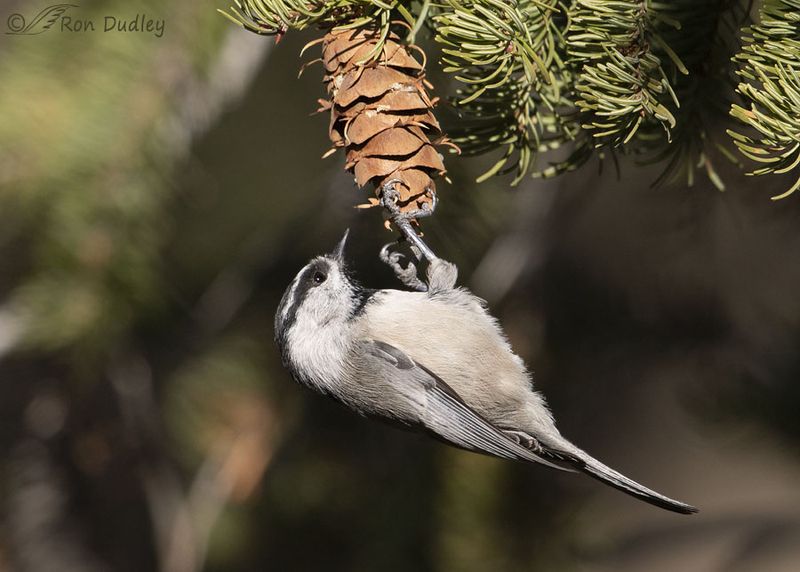
Watching a Black-capped Chickadee feed is like seeing a tiny acrobat at work! These pint-sized performers often hang upside-down to grab seeds, showing off their remarkable agility.
With their black caps, white cheeks, and friendly personality, chickadees are backyard favorites across northern states. They’ll boldly investigate new feeders within minutes of installation, acting as feathered scouts for other birds.
3. Flamboyant Fruit Lover
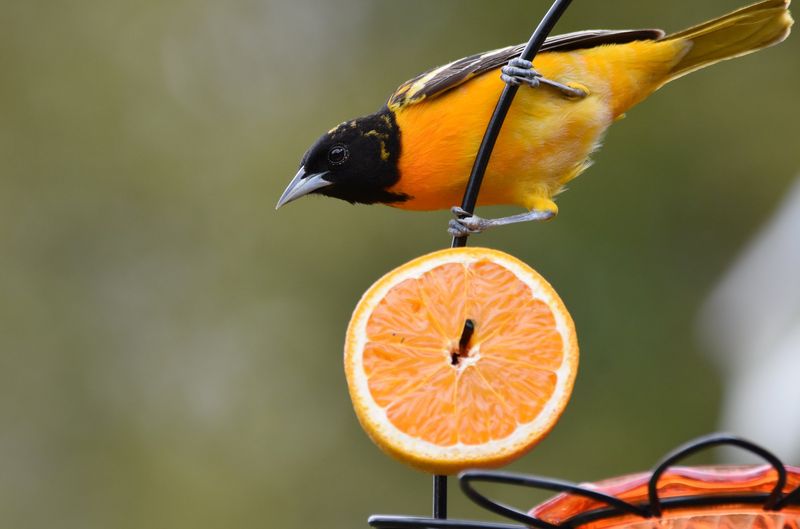
Like flying jewels darting through your garden, Baltimore Orioles bring a tropical flash of orange and black. Their sweet tooth is legendary among bird enthusiasts!
Skip the seeds for these beauties – they crave grape jelly, orange halves, and nectar. Special oriole feeders with small dishes for jelly and fruit spikes will keep them coming back through spring and summer.
4. Woodpecker With Table Manners
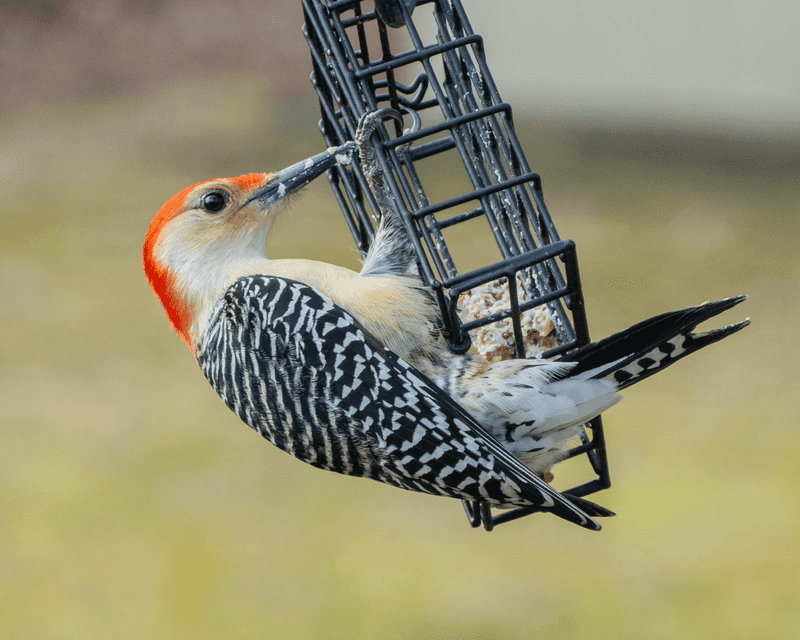
Unlike its wilder cousins who drill into trees, the Red-bellied Woodpecker happily visits feeders for an easy meal. Despite its name, the red belly is barely visible – look instead for the striking red cap and zebra-patterned back.
These medium-sized birds love suet, peanuts, and large seeds. Their long, barbed tongues can extend nearly 2 inches beyond their bills to extract food from tight spaces!
5. Tiny Hovering Jewel
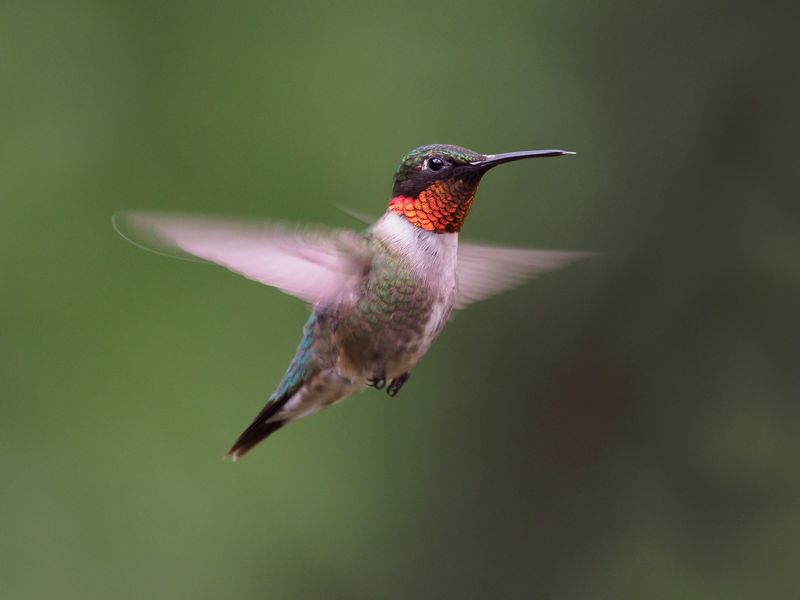
Buzzing like miniature helicopters, Ruby-throated Hummingbirds burn through energy at astounding rates. Their hearts beat up to 1,260 times per minute during flight!
Attract these iridescent wonders with special nectar feeders filled with a simple solution of 1 part sugar to 4 parts water. No red dye needed – the colored parts of the feeder provide enough attraction without potentially harmful additives.
6. Neighborhood Bully With Beautiful Voice
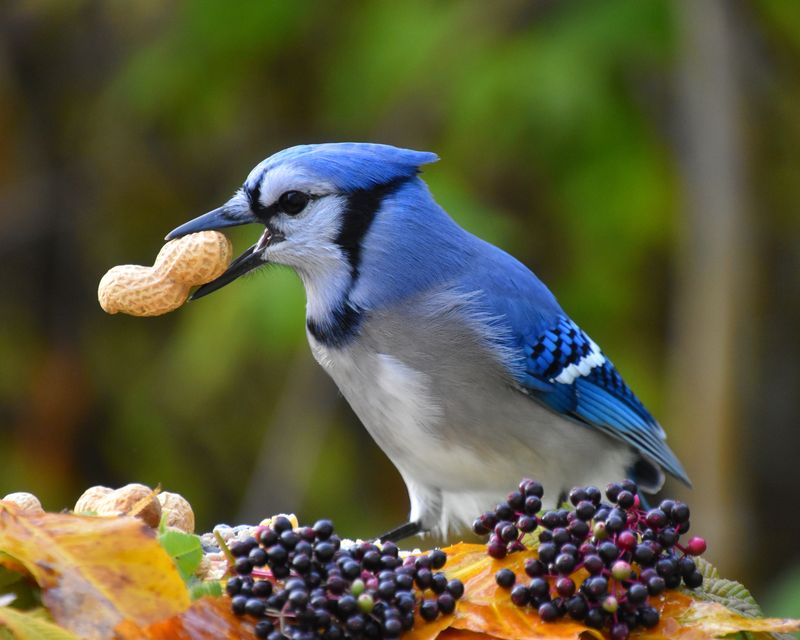
Blue Jays might push smaller birds around, but their intelligence and striking blue plumage make them fascinating to watch. Members of the crow family, these birds can mimic hawks and remember hundreds of food storage locations.
Platform feeders stocked with peanuts in the shell, corn, and sunflower seeds will keep jays coming back. Listen for their impressive repertoire of calls – from bell-like notes to perfect hawk imitations!
7. Sunshine On Wings
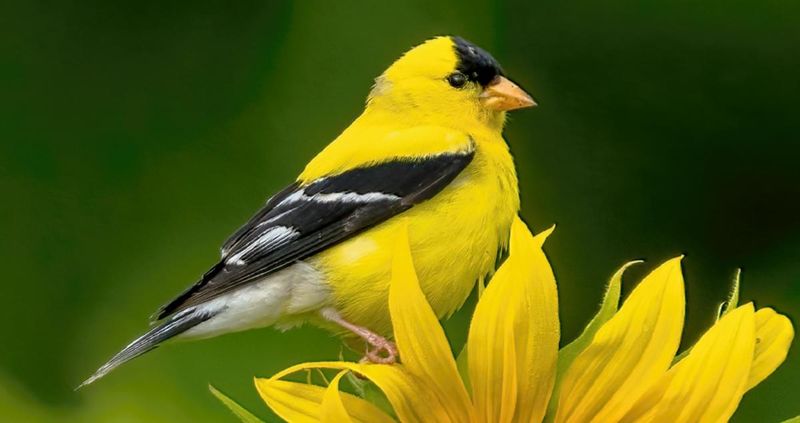
Nothing brightens a winter day like a flock of American Goldfinches in their vibrant yellow summer plumage. These small finches undergo a complete color transformation seasonally – males turning from dull olive in winter to brilliant yellow in summer.
Nyjer (thistle) seed is goldfinch caviar! Special tube feeders with tiny ports prevent larger birds from stealing their favorite food. Their bouncy flight pattern and sweet canary-like songs add joy to any backyard.
8. Master Of Disguise
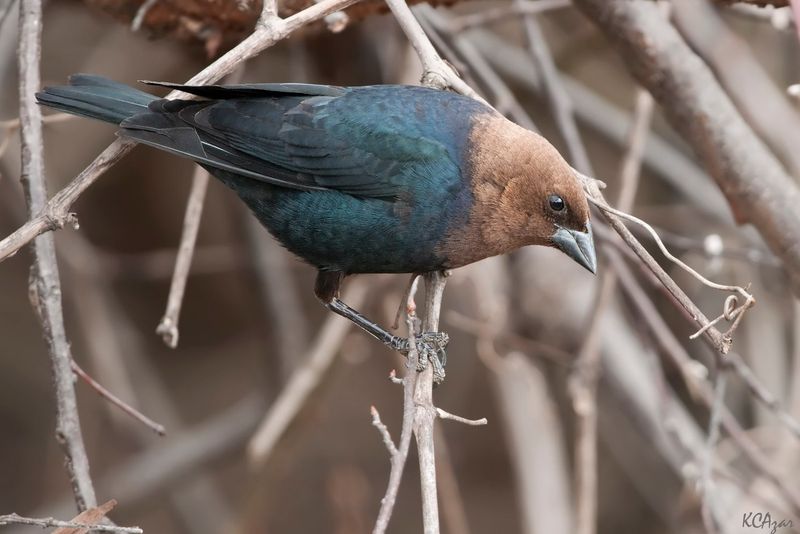
Brown-headed Cowbirds might seem ordinary at first glance, but they lead fascinating lives as nature’s ultimate con artists. Female cowbirds never build nests – instead laying eggs in other birds’ nests and letting the unsuspecting hosts raise their young!
Males display glossy black bodies with chocolate-brown heads. They’ll happily visit ground feeders or platforms stocked with millet, cracked corn, and sunflower seeds.
9. Backyard Soprano
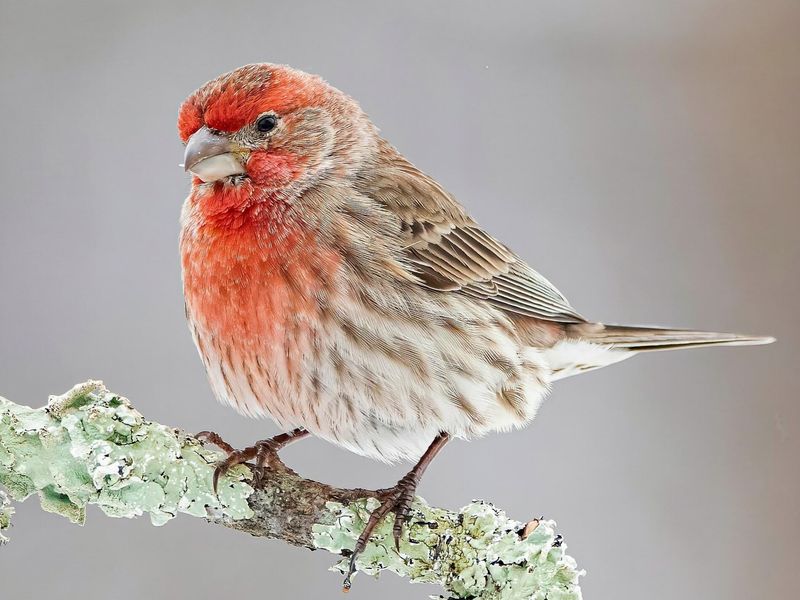
The song of a House Finch can transform your morning coffee ritual into a concert experience. Males flaunt raspberry-red heads and breasts, while females wear subtle streaked patterns in brown and beige.
These social birds often arrive in cheerful groups, chattering as they take turns at feeders. Black oil sunflower seeds top their preferred menu, though they’ll sample nearly any seed mix. Their musical warbling continues year-round!
10. The Nutty Professor
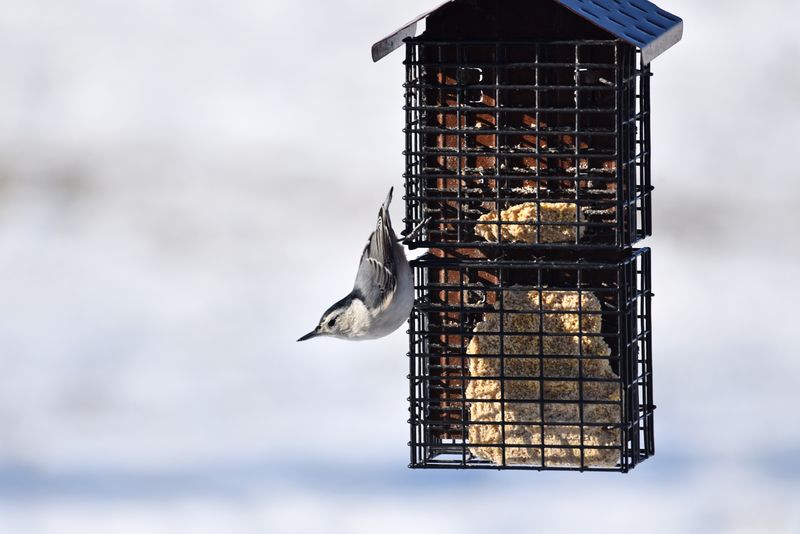
White-breasted Nuthatches approach feeding from a unique perspective – literally! These blue-gray birds with crisp white faces often feed upside-down, scurrying headfirst down tree trunks in defiance of gravity.
Their name comes from their habit of jamming nuts and seeds into tree bark, then “hatching” them open with their sharp bills. Peanuts, sunflower seeds, and suet blocks will keep these charismatic climbers coming back.
11. Dressed For Dinner
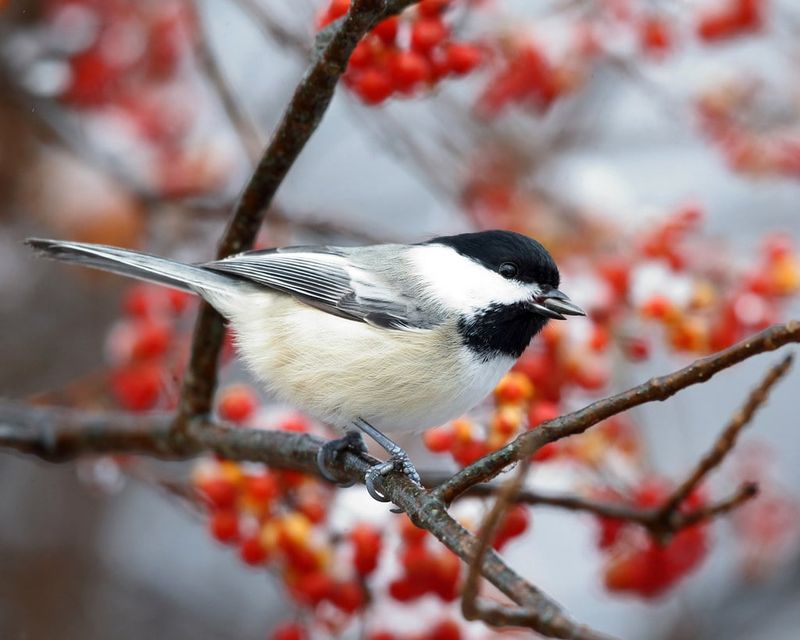
Looking like tiny formal dinner guests, Black-capped Chickadees sport a classic black-and-white pattern that never goes out of style. Their friendly “chick-a-dee-dee” call adds a soundtrack to winter feeding stations.
These brave little birds are often first to discover new feeders. Their metabolism runs so high that they can eat 35% of their weight daily! Offer black oil sunflower seeds, suet, and peanut butter to keep them visiting.
12. Copper-Topped Visitor
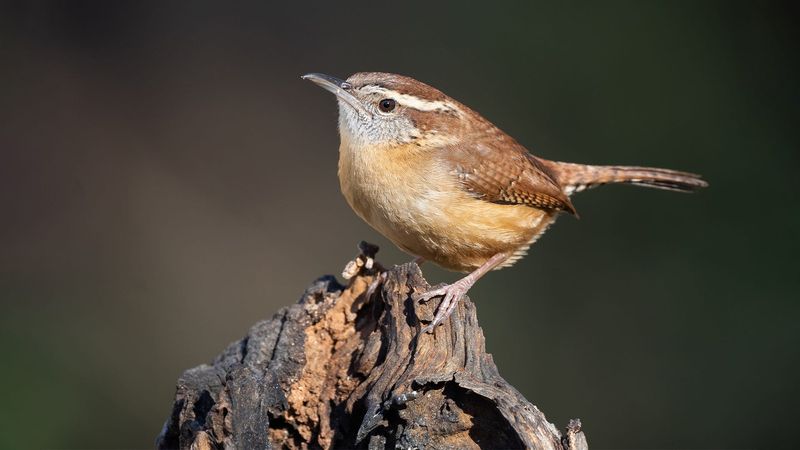
With a flash of rusty-red and a flutter of wings, House Wrens bring boundless energy to backyard feeders. These tiny birds possess surprisingly loud voices – their bubbling songs seem impossibly big for their compact size!
Though primarily insect-eaters, they’ll visit feeders offering mealworms or small seed mixes. Despite measuring just 5 inches long, these feisty birds fearlessly defend their territory against much larger species.
13. Backyard Detective
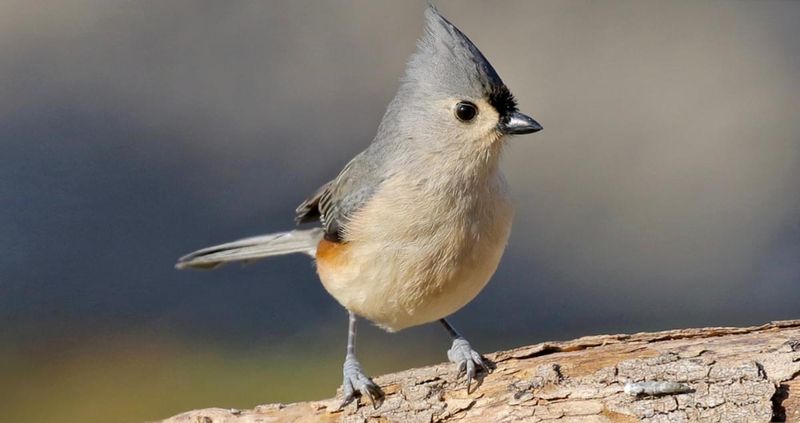
Tufted Titmice investigate every corner of your yard with the thoroughness of tiny detectives. Their distinctive gray crests give them a perpetually curious expression as they examine each seed before selecting the perfect one.
These cautious birds often grab a seed and retreat to a branch to crack it open. Their clear whistling “peter-peter-peter” calls announce their presence year-round. Sunflower seeds and peanuts rank as their top favorites.
14. Spotted Fashion Icon
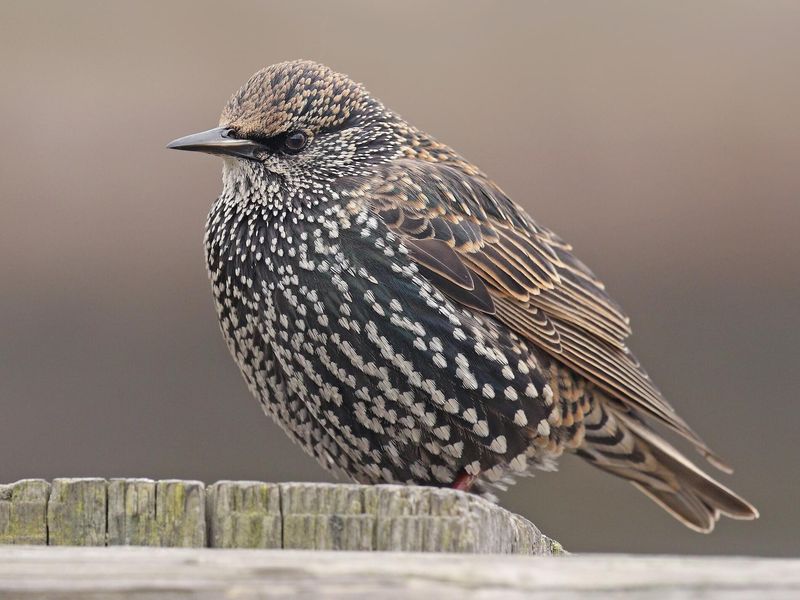
European Starlings might get a bad reputation as invasive birds, but their iridescent plumage transforms with the seasons into a breathtaking display. In winter, they develop white speckles that look like stars against their dark feathers.
These social birds often arrive in large, chattering flocks. They love suet cakes, especially those containing fruit or insects.


